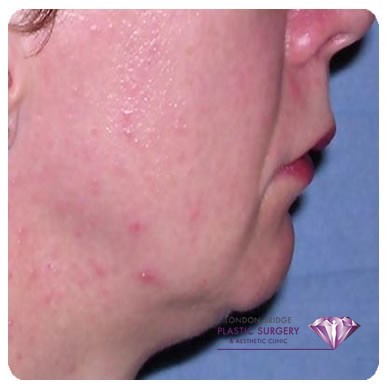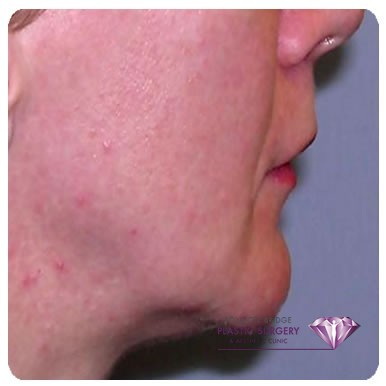Genioplasty is a cosmetic surgery that is used to improve the appearance of or reposition a person’s chin. Whilst many facial surgeries focus on the nose and eyes, many surgeons agree than genioplasty can dramatically improve the profile and overall appearance of a person’s face, as it can have a significant effect on facial symmetry.
Genioplasty dates back hundreds of years, when materials such as paraffin, ivory and methylmethacrylate were used to define the shape of the chin, but modern genioplasty dates back to the 1940s, when bony osteotomy techniques were first used to shape the chin.
Genioplasty is generally used to advance the chin, if it is small or deficient, or to reduce the chin, if it is too large. It can also be used to make the face appear longer or shorter from the front and from the profile. If the lower jaw is deficient, genioplasty can also be used to make it appear longer or more prominent and other surgeries, such as orthognathic (jaw) surgery can also be performed at the same time as a genioplasty surgery to improve the appearance, and in some cases, the function, of the lower jaw and chin. Rhinoplasty can also be performed at the same time as genioplasty in order to improve the appearance of the whole face, if needed.
There are several different types of genioplasty – osseous genioplasty or sliding genioplasty, asymmetric chin point and implant genioplasty.
According to statistics from the American Society for Aesthetic Plastic Surgery (ASAPS), 6,641 chin augmentation surgeries were performed in 2019 a drop of 7.1% on 2018.
If you are considering genioplasty, the following information should give you a basic understanding of the procedure. It can’t answer all your questions, since the outcome of the surgery depends on the individual patient and surgeon.
Please ask a surgeon about anything you don’t understand.



